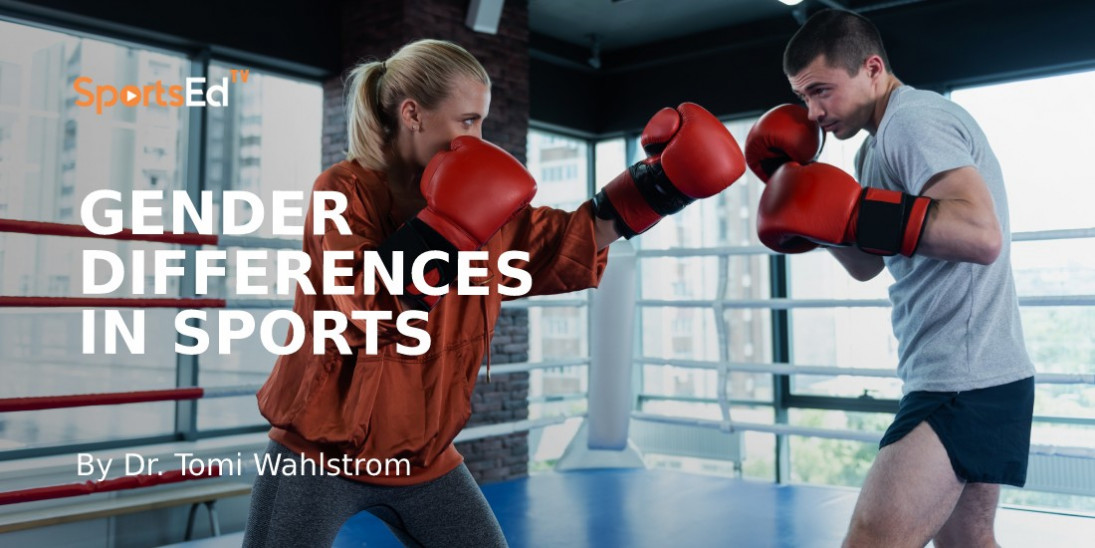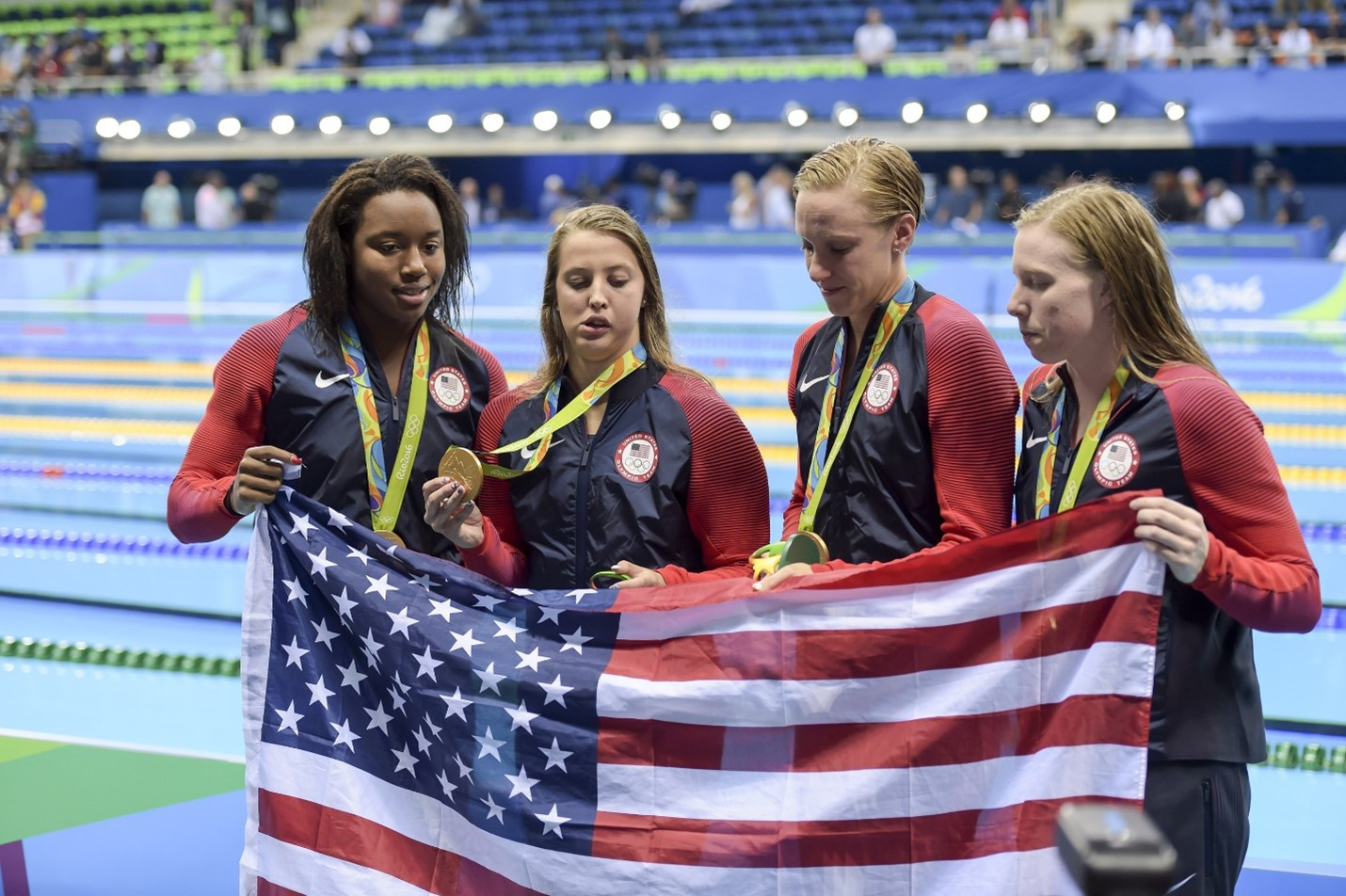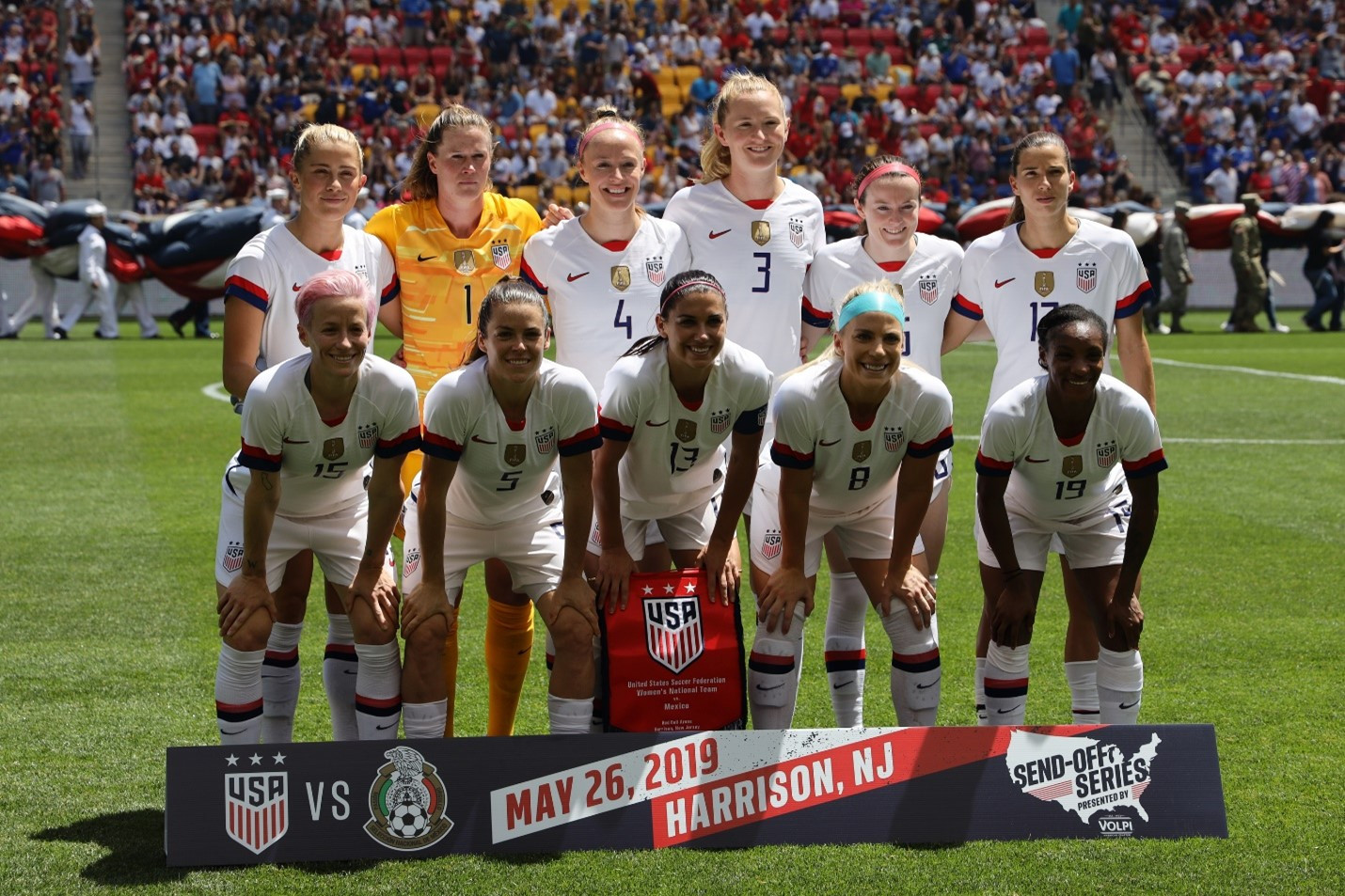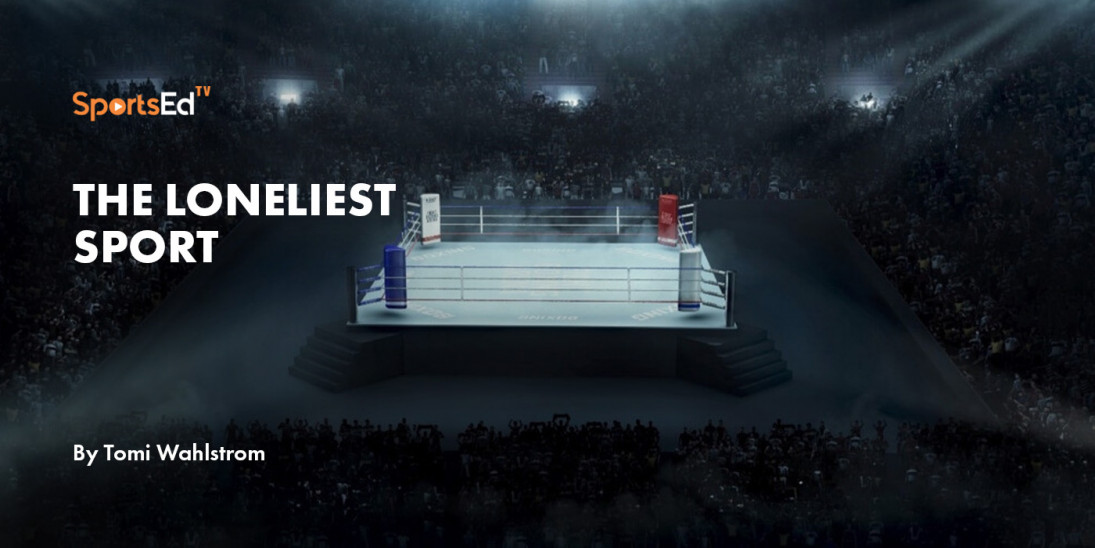Mental Health, Swimming
Welcome and thanks for visiting...

Gender Differences in Sports

When we are born, we are immediately stereotyped and placed in certain surroundings according to a certain gender stereotype. Parents place girls in pink rooms and give them dolls to play with while they put boys in blue rooms and hand them baseball bats.
This may be a bit of an overly simplified generalization but the reality is not far from this.
We place certain expectations on girls while another set of expectations on boys. When researchers have asked parents to characterize their newborns, the adjectives vary significantly depending on the gender of the newborn. Parents describe boys as being strong, brave, and hardy while they describe girls to be gentle, soft, and tender.
In reality, of course, there is very little difference between newborns of a different gender. Parents use masculine or feminine adjectives because that is the way society conditions us to see gender differences. There is fundamentally nothing wrong with this. Stereotypes are common and stereotyping is normal human behavior. This is how we make sense of the world and categorize things.
With this in mind, however, we should not be surprised that girls grow into women with certain characteristics while boys turn into men according to a different set of qualities. These expectations are somewhat different between cultures but still generally follow similar general patterns. Some societies tend to be more masculine while others are more feminine. Scandinavian countries, for example, tend to be more feminine while Latin American countries are more masculine.
Typically, masculine countries tend to have more fixed gender stereotypes. That is, these societies expect women to behave certain ways while they expect men to have different roles from women. For example, Latin American culture defines machismo as a social behavior pattern where the Latino male exhibits an overbearing attitude to anyone inferior. Often, these men perceive women to be inferior to them and demand complete subservience from them.
The US culture is somewhere between Scandinavian and Latin American cultures in terms of masculinity and femininity. A lot of progress has been made through the decades to create equality between women and men, but a lot more work remains to be done.
At this point, it would be misguided to call the US an equal society. Women still earn less than men do and they are significantly less represented in leadership positions, according to the Women in the Workplace study by McKinsey. This situation is not any different in sports.
Women’s sports are different from men’s sports in several different ways. One of the most noticeable differences is that women are still more likely to be perceived as sexual objects. In beach volleyball, for example, women must wear bikini bottoms while men are allowed to wear shorts. Women gymnasts are required to wear leotards while men are allowed to wear pants.
There are many more examples like this in many other sports as well. The standards are different for women and men. Those who rebel against these standards become objects of controversy and ridicule. Serena Williams was an example of this when she wore a whole body black catsuit at French Open as a compression garment to prevent further blood clots after pregnancy. Regardless of her medical necessity, the outfit was banned. Nike famously responded to this in an advertisement to support Serena by stating, "You can take the superhero out of her costume, but you can never take away her superpowers."
Unfortunately, even with the support of sponsors, women face these types of challenges. Many women are uncomfortable with this and do not pursue sports as a result. They are stereotyped once again. Women are expected to be sexy and attractive. Their athletic talents seem to sometimes mean less than their looks. As infants, girls are expected to be soft and gentle, and when these girls grow up they are still expected to be that and much more.
Society continues to expect adult women to be sensual and sexual. It maintains the same stereotypical expectations. Women have a certain role to play in society and sports do not always fit that role well.
Many sports education programs in the US are male-dominated. At United States Sports Academy, for example, approximately 75% of students are male. Women are still rare in many levels of the sports industry. Women are less likely to get into sports because of societal expectations and tend to experience more challenges when they do. As a result, they tend to be less likely to stay in sports. It is particularly disturbing that women are so underrepresented in the coaching education programs throughout the country. Without female coaches, girls and women have nobody other than men to learn from.

There are some instances of promise for women in sports. Interestingly, in Tokyo Olympics, American women won 66 of the country's 113 total medals or 58.4%. This was a great accomplishment, and it follows the trend of US women outperforming men in the Olympics that started in 2012. American women were not the only ones to shine. Japanese and Chinese women did also well. Together with the US, women from Japan and China earned 143 medals against 101 medals won by men. This represents 42% more medals by women than men.
Overall, 45% of athletes participating in the Tokyo Olympics were women.
However, it appears that women are stronger in amateur sports than in professional sports. The market for professional female athletes is significantly smaller than for male athletes in the United States. According to Zippia, among professional athletes, approximately 18% are women compared to 78% being men.
Women earn significantly less in professional sports than men do. In some instances, the gap in earnings is very large. For example, just the starting salary for an NBA player is around $520,000 while the salary for a WNBA player caps off at only $110,000. No wonder that the US women’s soccer team continues to push for equal pay as the situation is similar in soccer.
It is also the same in countless other sports, including boxing. Women's boxing was effectively outlawed throughout the history of the sport. It only became an Olympic sport in 2012. While there are a few female boxers that make as much as $1 million per year, this is not comparable to some male fighters’ earnings that can be 100 times as much. Claressa Fields, a two-time Olympic gold medalist boxer, has been fighting for equal pay in boxing for many years stating, “We are as great as the men.” Women’s boxing is limited to 10 two-minute rounds, and she feels that women are just as capable as men to fight twelve three-minute rounds for equal pay.
It is easy to understand that given the career prospects and pay differences, women are less inclined to choose sports as a career. Due to the stereotyping of typical women's roles in society, women are less likely to start sports in childhood and therefore less likely to make it to the top. They are also more likely to drop out of sports.
According to the Women's Sports Foundation, “girls drop out of sports at two times the rate of boys.” They drop out for many reasons such as lack of access, safety or transportation issues, or even social stigma. In addition, they lack positive role models. Girls’ programs are also often costlier than similar programs for boys, and there are fewer of them available at schools and in communities at large.
Girls have 1.3 million fewer opportunities to play sports than boys have in high schools around the nation. For all these reasons, girls typically receive a decreased quality of experience with sports. Their experience quality further declines, as they get older. This is because the facilities are not as good and there are not as many qualified coaches.
In many cases, girls have male coaches since female coaches are not available. Many sports facilities do not offer as good locker rooms and other options for girls. This causes traveling to those, often unsafe, neighborhoods that do offer the needed practice spaces.
One of the main reasons for women not getting into sports has to do with societal expectations, as pointed out earlier. Girls are exposed to images of thin supermodels and external beauty standards of society that are not always consistent with athletics. Girls lack confident and strong female athletic models. For every Serena Williams or Simone Biles, there are countless male athletes to follow.
Sport is male dominant as previously mentioned. Often, when girls get into sports like soccer, they are easily labeled as being lesbian or otherwise ridiculed. Sport is not feminine so athletic females are seen as masculine. Girls are not supposed to be competitive and aggressive according to our society.
Therefore, many specific sports do not offer girls opportunities to play at all. There are no women’s football teams, for example. In many sports, like mentioned with boxing above, the rules for women are different. Softball is different from baseball, for instance.
While sometimes there are good reasons for these differences, they are often limiting exposure for women. Claressa Fields points out that the "championship rounds" of the 11th and 12th rounds are the moneymaking rounds in boxing. Audiences want to see knockouts and this is where they happen.
The good news is that women’s sports are gaining momentum. Many would agree that the US women’s soccer team is currently more popular than the men's team. In many sports, female trailblazers are paving the way for others. Fitness is trendy among women, and beauty standards are changing to include more muscular bodies. Society is getting more tolerant and accepting. There is a lot more focus on diversity, equity, and inclusion. There is certainly a lot more work that needs to be done, but progress has been made. People are starting to understand that women and men are much more similar than they are different.

Women are not from Venus and men are not from Mars. Both men and women are from Earth. We are only different because we are raised and socialized to think that we are different. The obvious physical difference put aside, we are mostly the same. We just have to learn to embrace our similarities and evolve sports to include women in the same way as men. This will be good for all of us, and the industry of sports as a whole.





